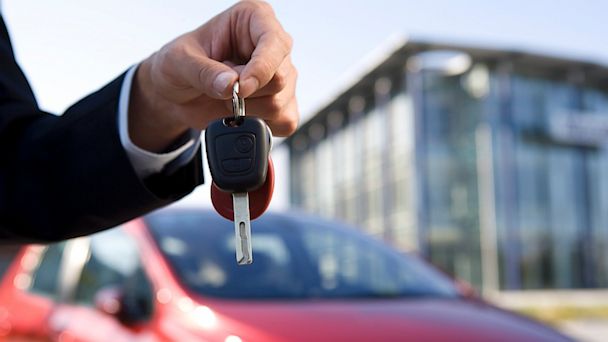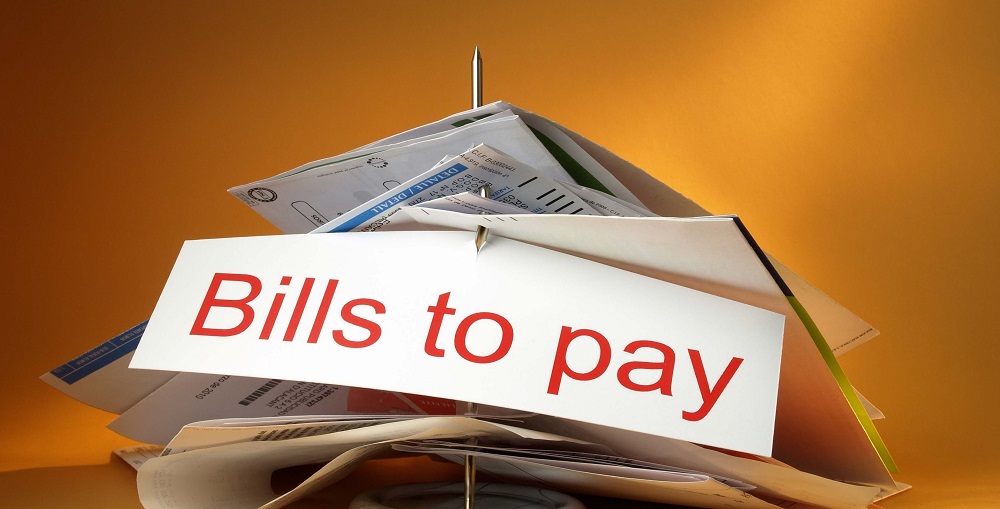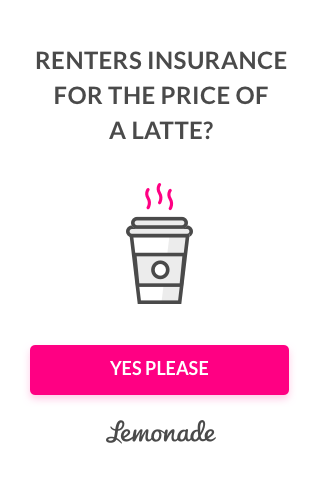Debt can feel overwhelming, like a heavy weight dragging you down. But in 2025, with the right strategies, you can not only manage your debt but actively work towards eliminating it faster. This isn’t about unrealistic sacrifices; it’s about smart choices and actionable steps that fit your lifestyle. Let’s explore some powerful strategies to consolidate and pay off your debt more efficiently.
Understanding Your Debt Landscape
Before diving into consolidation, it’s crucial to understand your current debt situation. This involves more than just knowing the balances. Knowing the interest rates, minimum payments, and due dates is essential.
Analyzing Your Debt
Create a detailed spreadsheet or use a budgeting app to list all your debts. Include:
- Creditor: Who holds the debt (e.g., credit card company, bank)
- Balance: The outstanding amount
- Interest Rate: The percentage charged on the debt
- Minimum Payment: The required monthly payment
- Due Date: When the payment is due
Prioritizing Your Debt
Now that you have a clear picture, prioritize your debts. The most common approach is the “high-interest debt first” method. Focus on eliminating the debt with the highest interest rate first. This strategy maximizes your savings on interest payments over time.
Debt Consolidation Strategies
Debt consolidation involves combining multiple debts into a single, lower-interest loan. This simplifies payments and often reduces your overall interest burden.
Balance Transfer Credit Cards
A balance transfer credit card can be a useful tool if you can find one with a 0% APR introductory period. Transferring balances to a card with a 0% APR lets you pay off your existing debts without accumulating additional interest during the promotional period. However, be mindful of the terms and conditions, especially the potential for high interest rates after the promotional period ends.
Personal Loans
Personal loans are another avenue for debt consolidation. A lender approves a lump-sum loan, and you use that to pay off your existing debts. Shop around for the best interest rates and terms. Compare APRs and loan terms to find the most suitable option.
Debt Management Plans (DMPs)
If you’re struggling to manage your debt, a DMP can help. A DMP involves negotiating with your creditors to lower your monthly payments or interest rates. This can be especially beneficial if you’re facing financial hardship.
Beyond Consolidation: Building a Strong Financial Future
Debt consolidation is just one piece of the puzzle. Building a strong financial future requires a comprehensive approach.
Budgeting and Saving
Creating a realistic budget and setting aside money for savings are essential for long-term financial stability. Track your income and expenses to identify areas where you can cut back and allocate more funds toward debt repayment.
Building an Emergency Fund
An emergency fund is crucial for unexpected expenses. This will provide a safety net to avoid falling into debt again in the future.
Regular Review and Adjustments
Your financial situation is dynamic. Regularly review your progress, adjust your strategies as needed, and stay informed about any new opportunities or changes in the financial landscape.
Conclusion
Consolidating and paying off debt in 2025 is achievable with a combination of strategic planning and proactive steps. By understanding your debt, prioritizing your payments, and exploring consolidation options, you can gain control of your finances and work towards a debt-free future. Remember to remain disciplined, stay informed, and seek professional advice when needed. This journey requires commitment, but the rewards of financial freedom are well worth the effort.















Comments